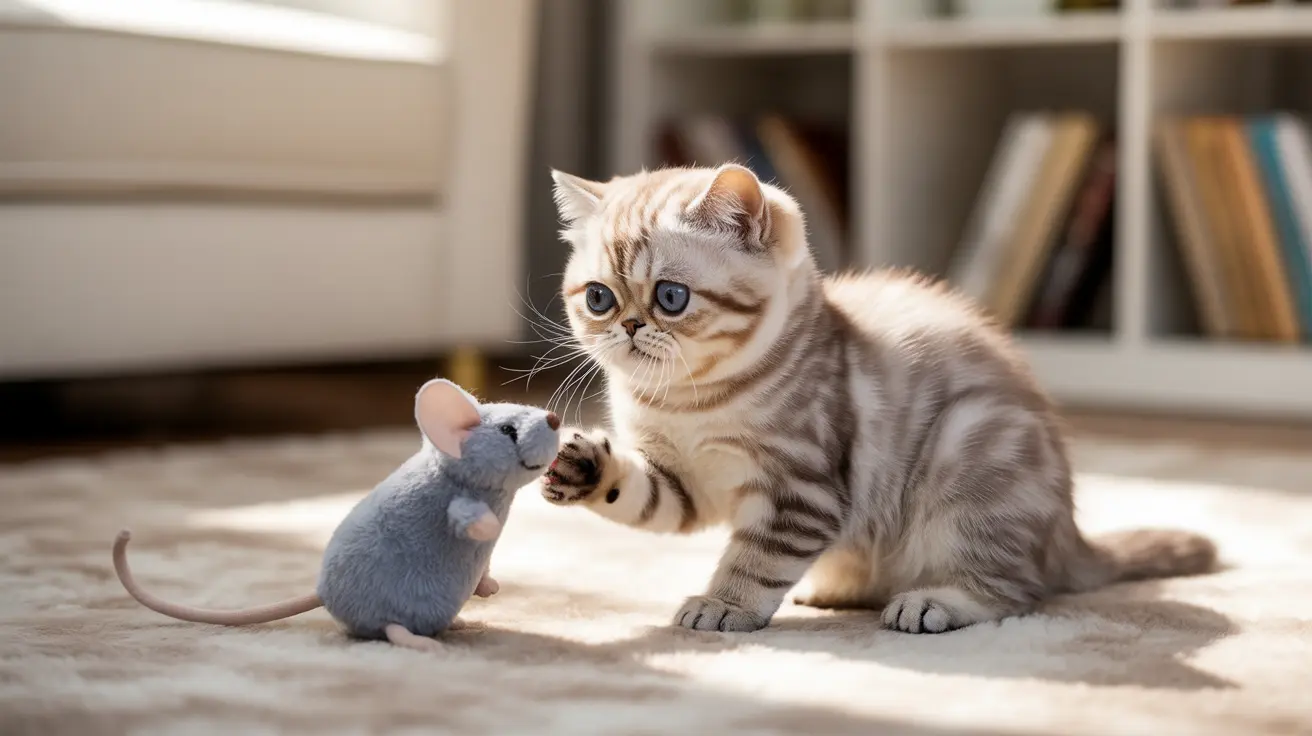Understanding the Breed Origins
The Exotic Shorthair, often called the Exo Persian cat, was deliberately developed by breeding Persians with American Shorthairs. This creative combination aimed to produce a cat with the beloved Persian look but with a more manageable coat. Today, these cats are essentially identical to Persians in body type and structure, differing primarily in their coat length.
Physical Characteristics and Appearance
Both breeds share the characteristic round face, short nose, and sweet expression that cat lovers adore. The main distinction lies in their coats - while Persians sport long, flowing fur, Exotic Shorthairs have a dense, plush coat that's significantly shorter. Both varieties can display various eye colors, including blue, green, or copper, set in their distinctive round faces.
Temperament and Personality Traits
- Exotic Shorthairs tend to be more playful and adaptable
- Persians typically prefer quieter, more serene environments
- Both breeds are affectionate and make excellent companion cats
- Exotics often show more interest in interactive play
Grooming Requirements and Care
- Exotic Shorthairs require weekly brushing and moderate maintenance
- Persians need daily grooming and regular bathing
- Both breeds benefit from routine eye cleaning due to their facial structure
- Regular nail trimming and dental care are essential for both varieties
Health Considerations
Both breeds share similar health concerns due to their brachycephalic features. Regular veterinary check-ups are crucial to monitor for:
- Respiratory issues
- Dental problems
- Eye conditions
- Polycystic kidney disease (PKD)
Living Environment and Adaptation
Exotic Shorthairs generally adapt better to various living situations, making them excellent choices for:
- Busy households
- Families with children
- Homes with other pets
- Apartment living
Persians, however, typically prefer:
- Quieter environments
- Consistent routines
- Less chaotic households
- More predictable daily schedules
Frequently Asked Questions
What are the main differences in grooming needs between Exotic Shorthair and Persian cats?
Exotic Shorthairs require weekly brushing and moderate maintenance, while Persians need daily grooming sessions and regular bathing. The Persian's long coat demands significantly more time and attention to prevent matting and maintain its beauty.
How does the personality and activity level of an Exotic Shorthair compare to a Persian cat?
Exotic Shorthairs tend to be more playful and energetic compared to Persians, who are typically more laid-back and serene. Both breeds are affectionate, but Exotics generally show more interest in interactive play and activities.
Are Exotic Shorthair cats better suited for busy or noisy households than Persians?
Yes, Exotic Shorthairs typically adapt better to busy, noisy environments due to their more resilient temperament. Persians generally prefer quieter, more peaceful settings and may become stressed in highly active households.
What health concerns should I watch for in Exotic Shorthair and Persian cats related to their flat faces?
Both breeds can experience breathing difficulties, eye problems, and dental issues due to their brachycephalic features. Regular veterinary check-ups are essential to monitor these conditions and ensure proper respiratory function.
How often should I brush and bathe an Exotic Shorthair cat versus a Persian cat?
Exotic Shorthairs need brushing 1-2 times per week and occasional bathing, while Persians require daily brushing and monthly bathing. Both breeds need regular eye cleaning and facial maintenance due to their facial structure.
Conclusion
Whether you choose an Exo Persian cat or a traditional Persian, both breeds offer loving companionship and distinctive charm. The key difference lies in grooming commitment and adaptability to different household environments. Consider your lifestyle, available time for grooming, and living situation when making your choice between these wonderful feline companions.






